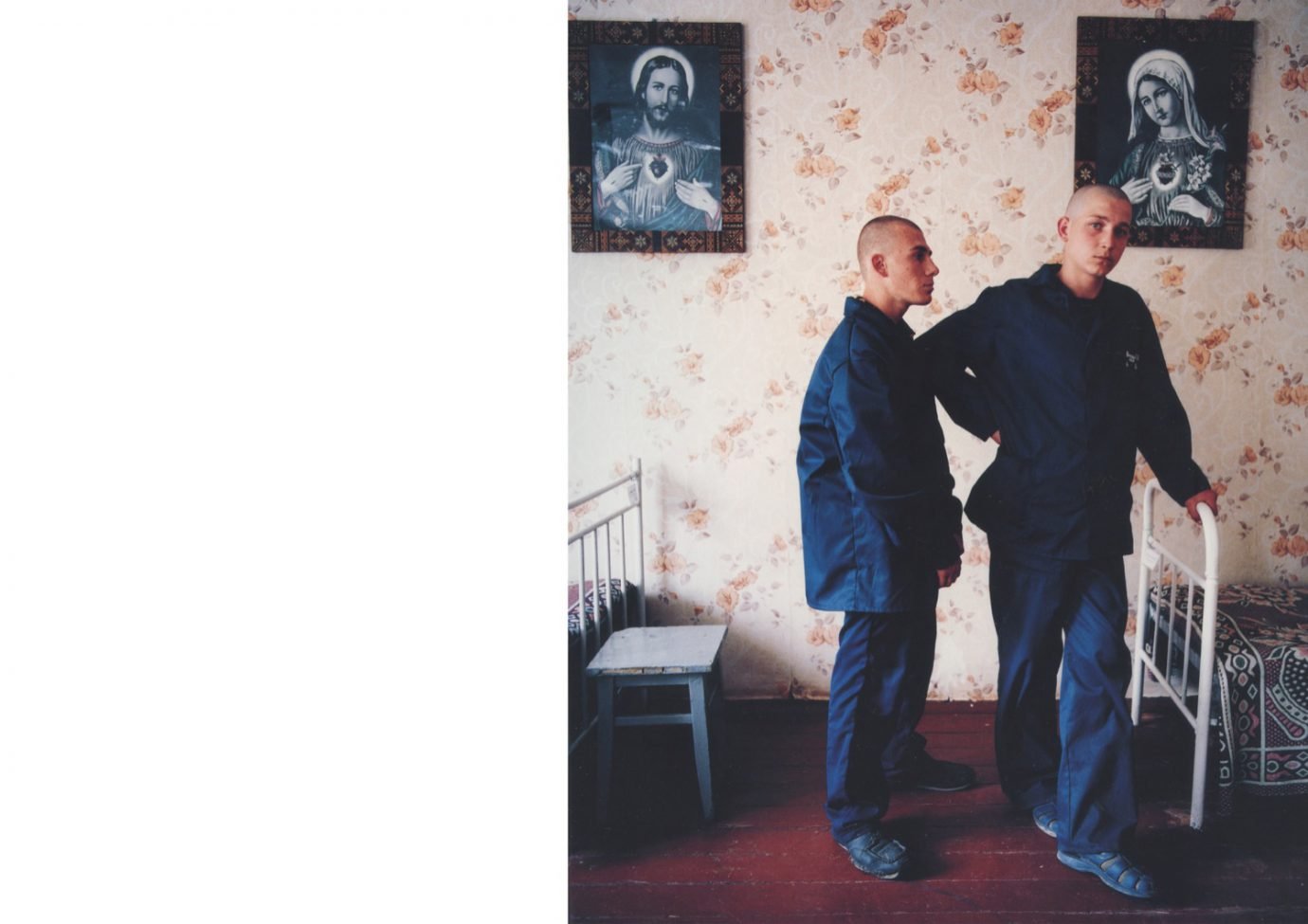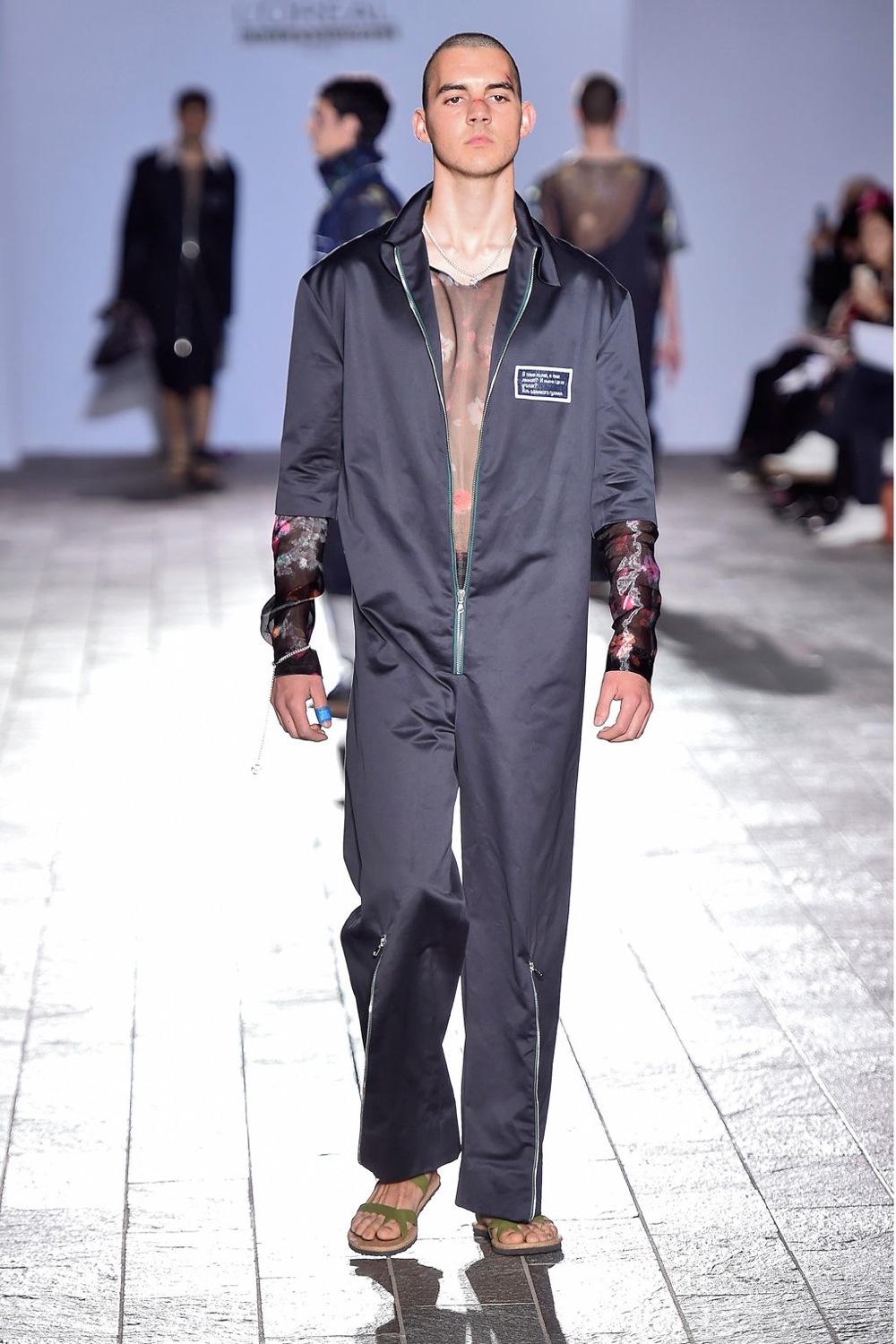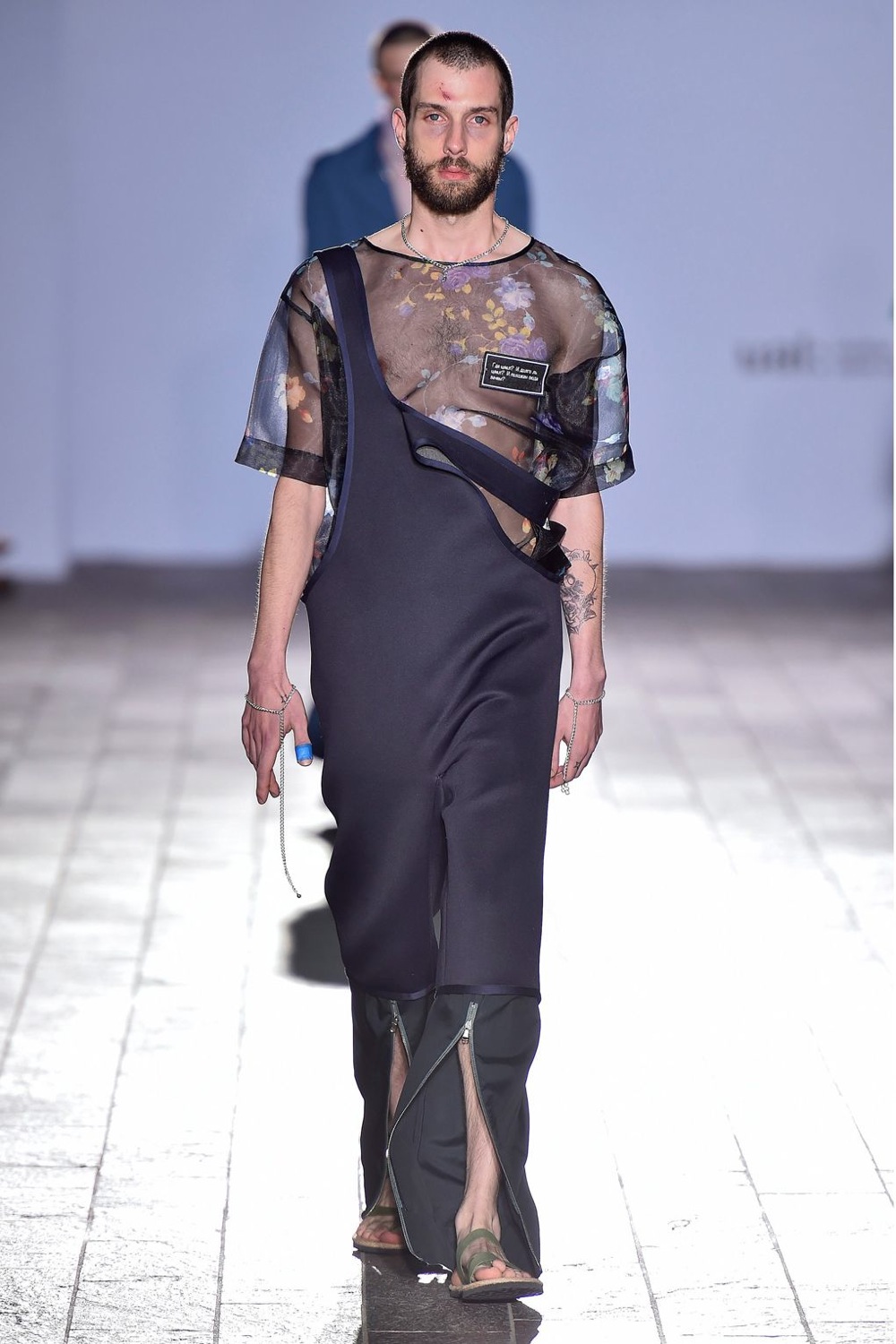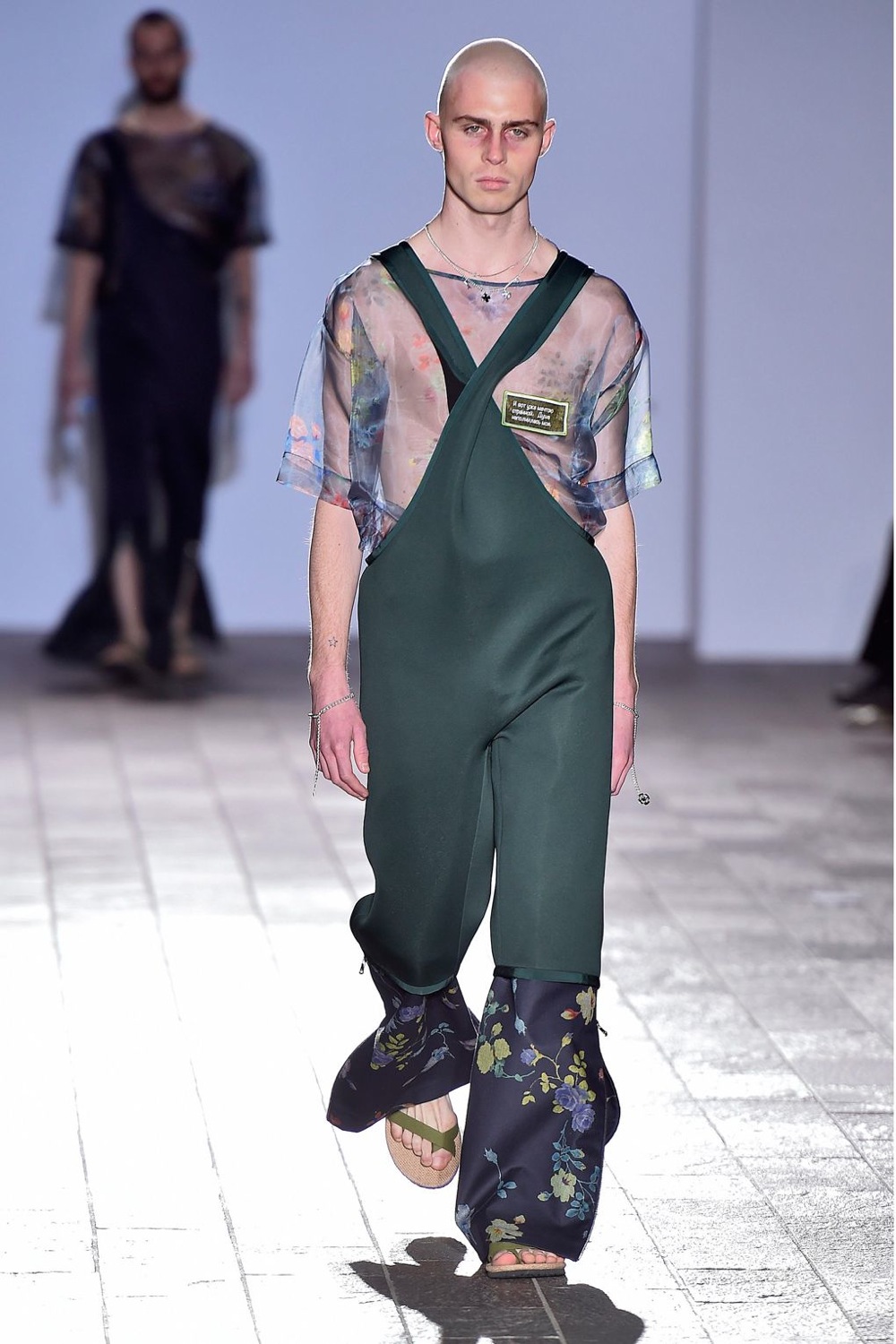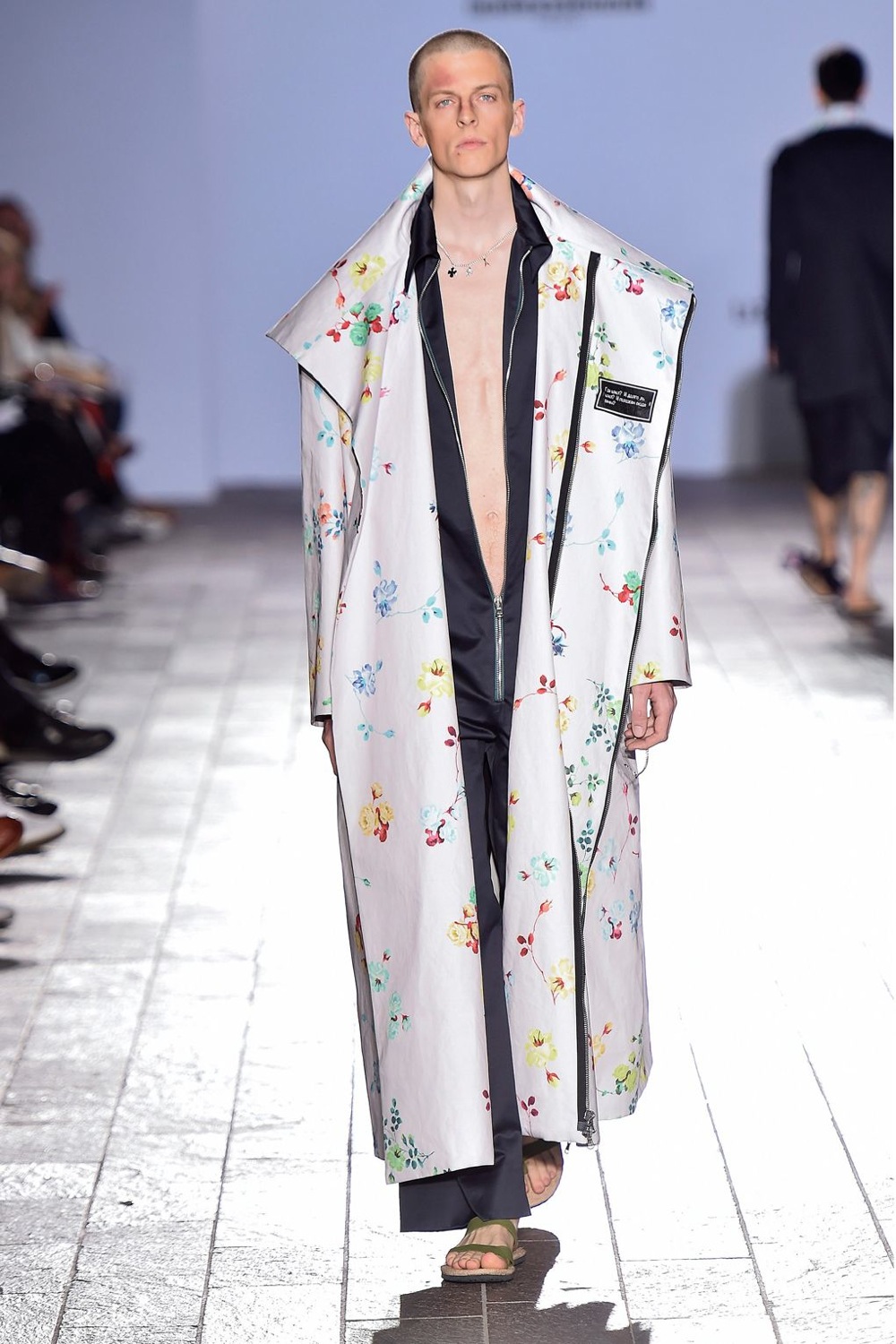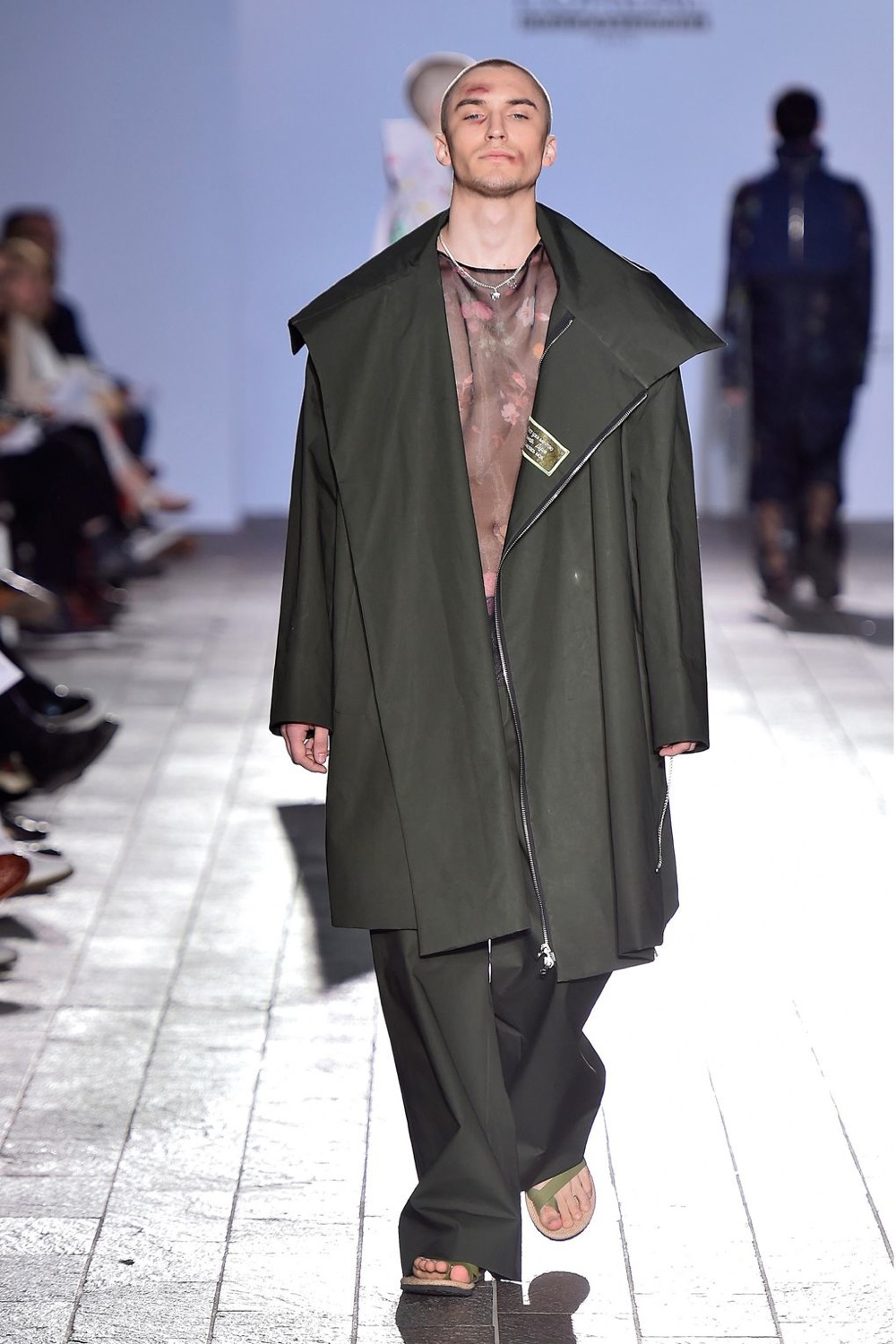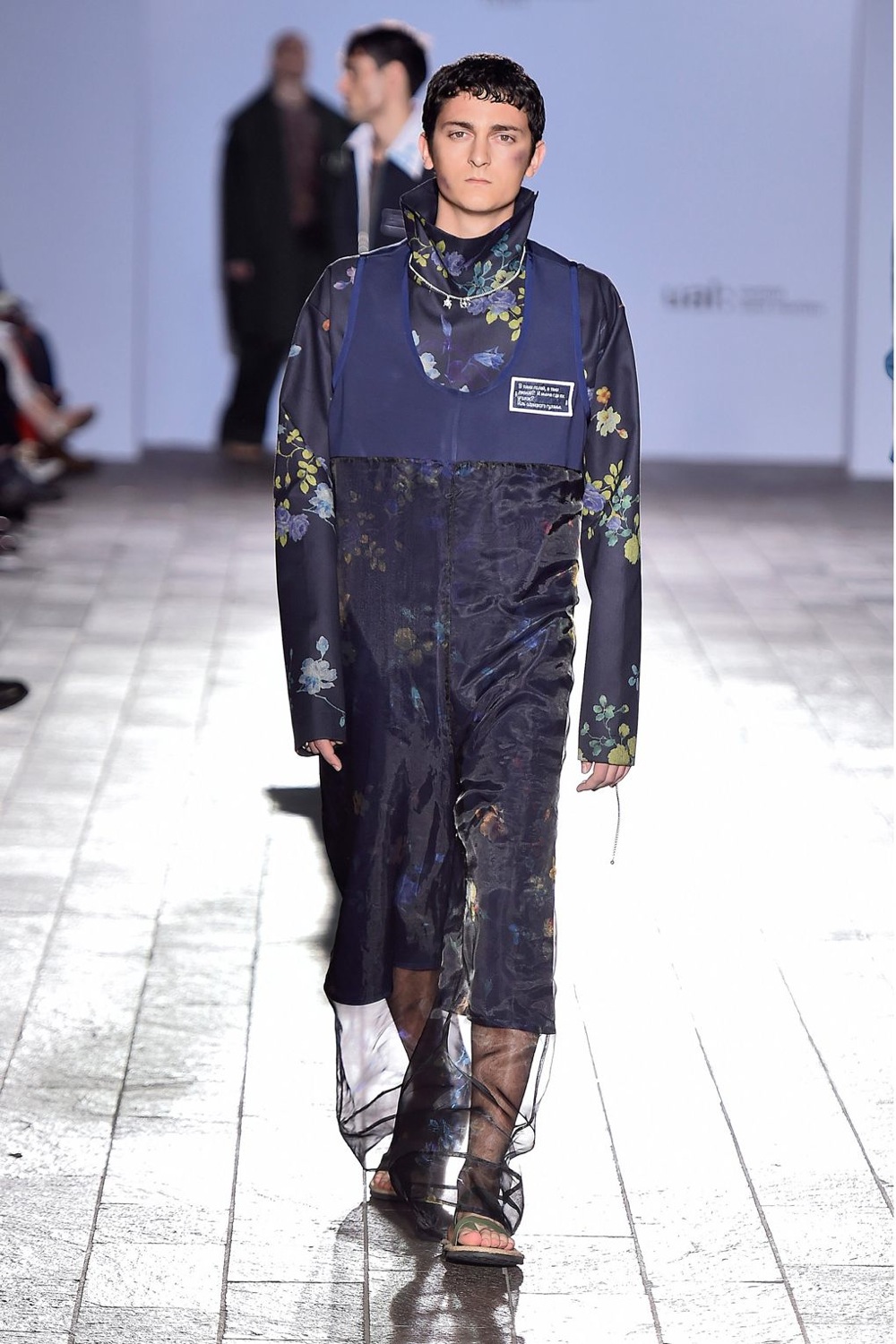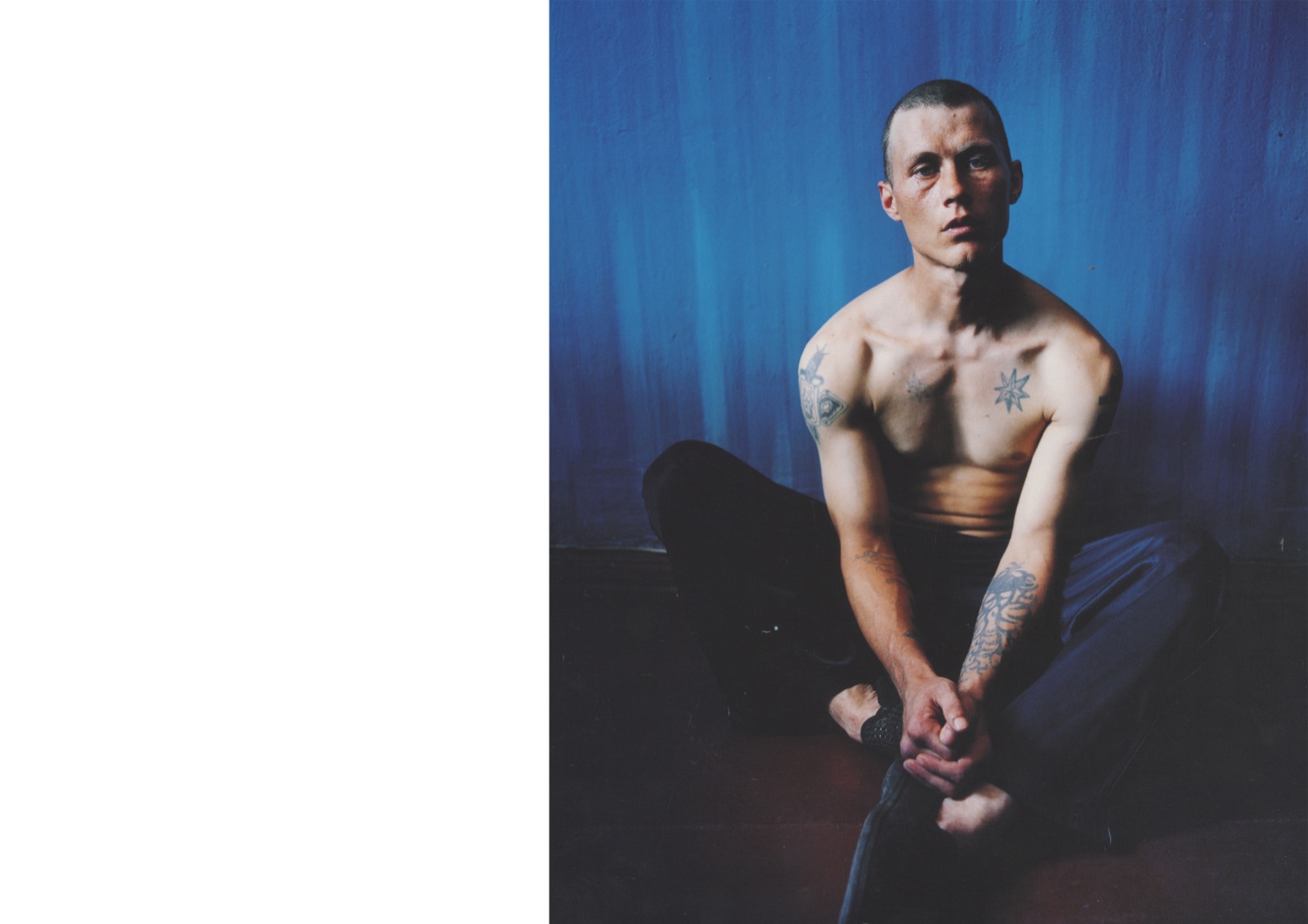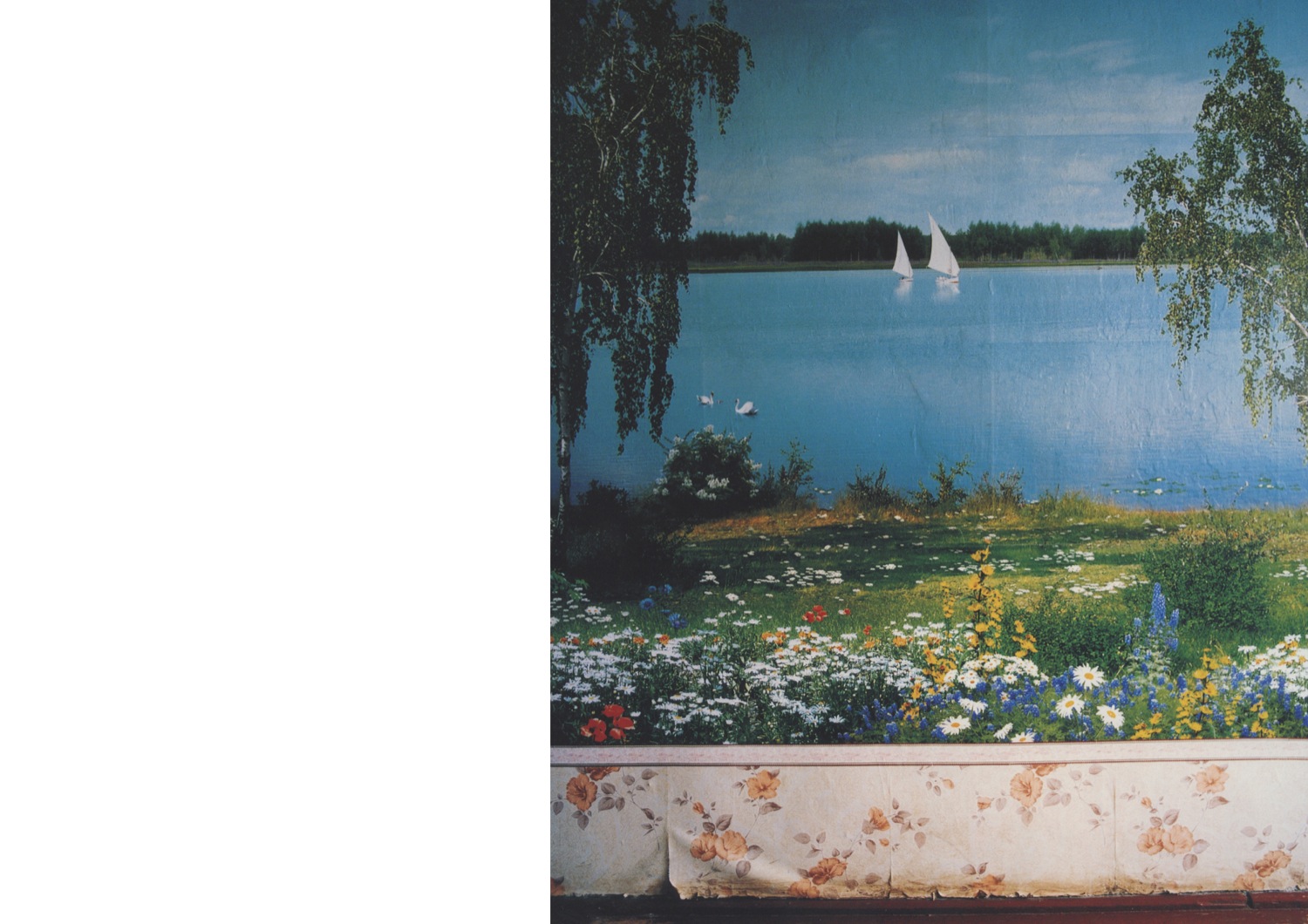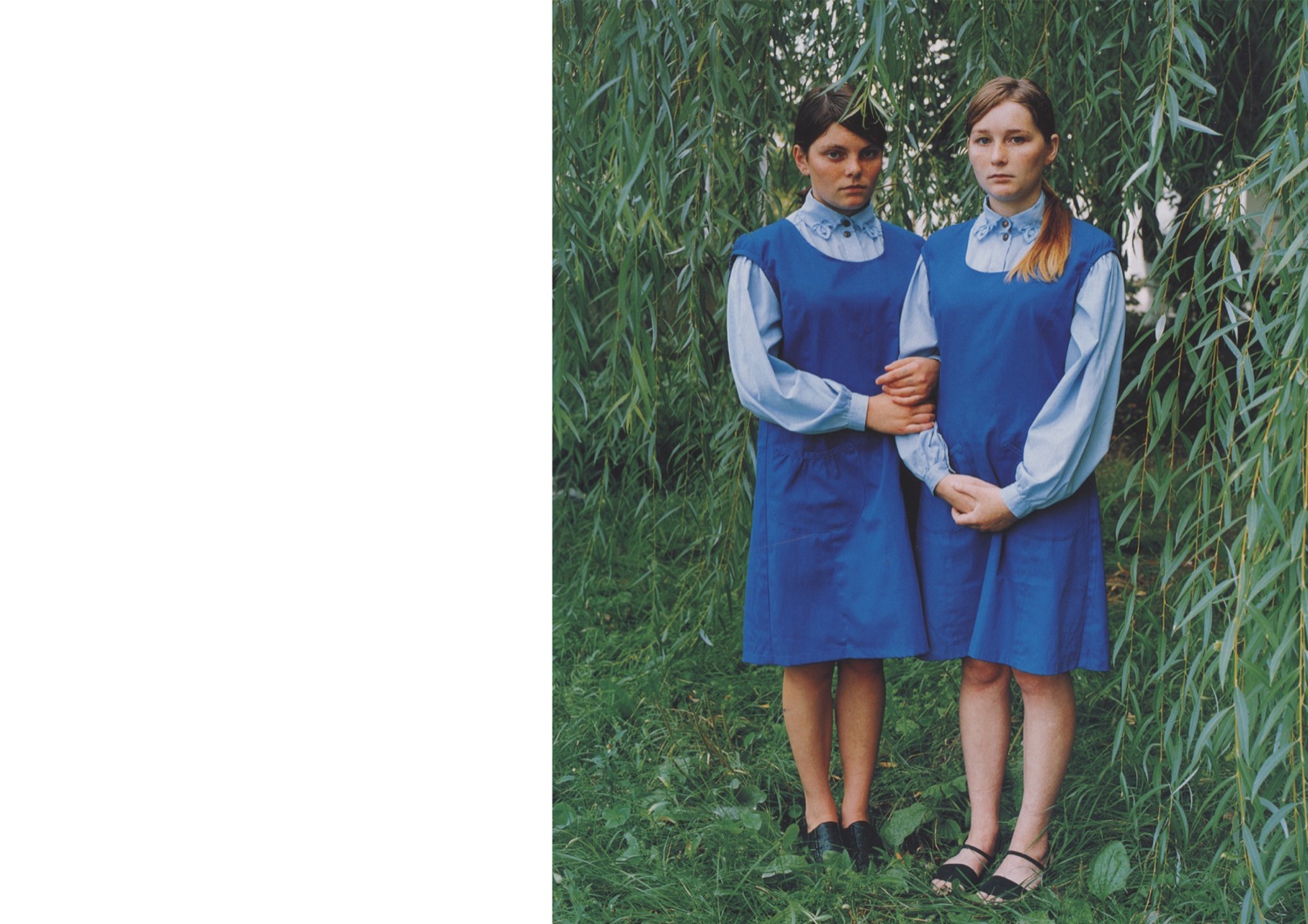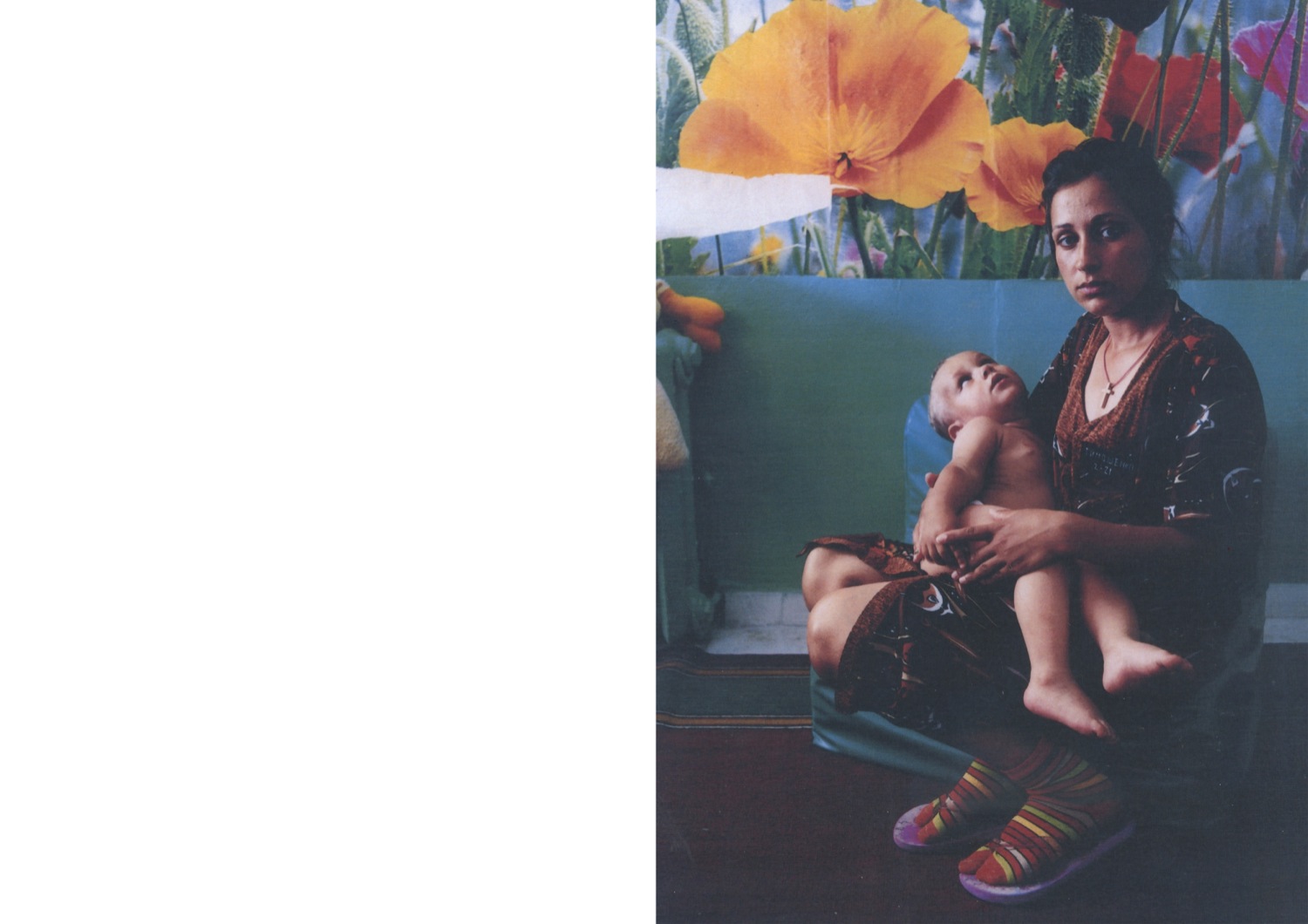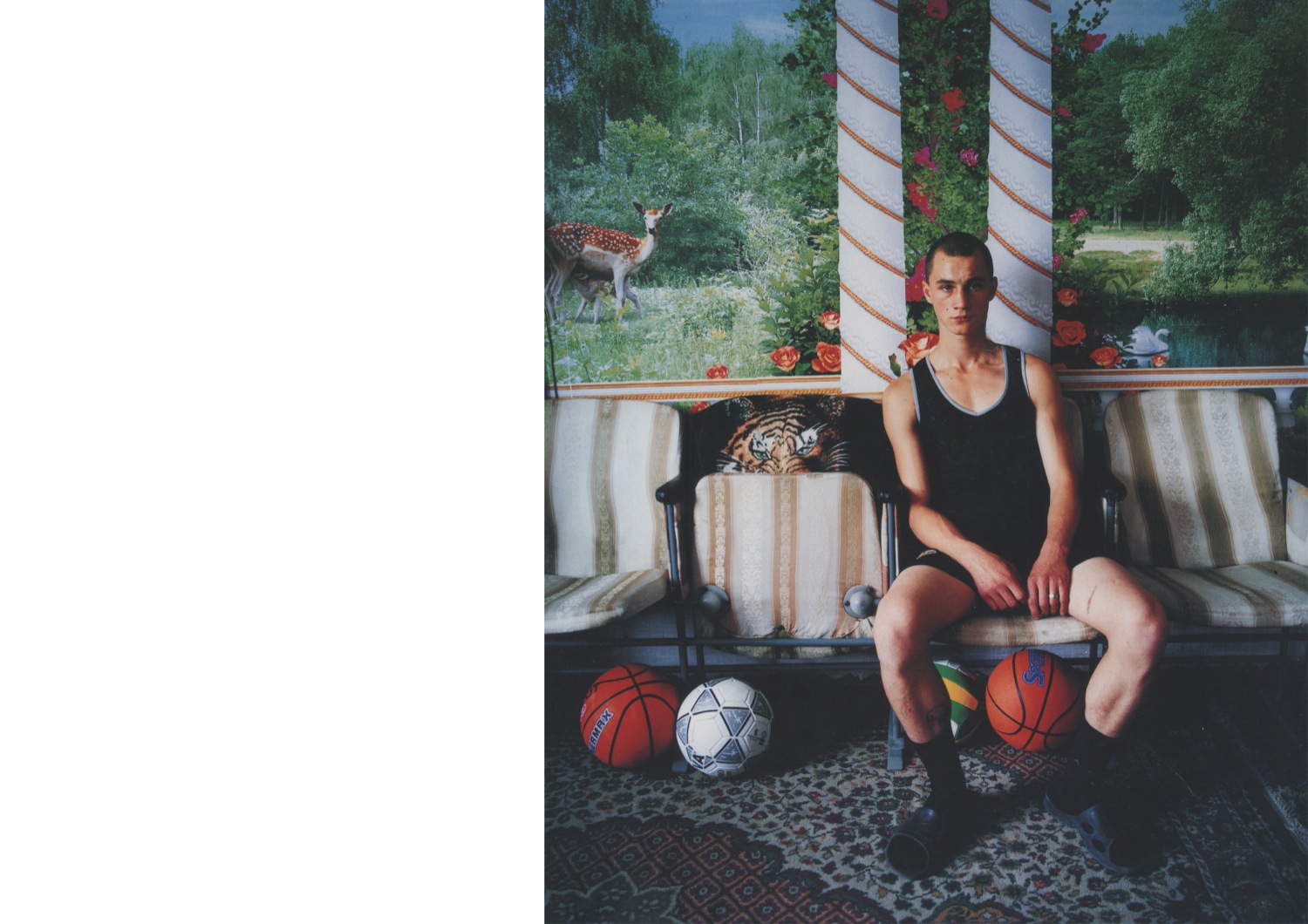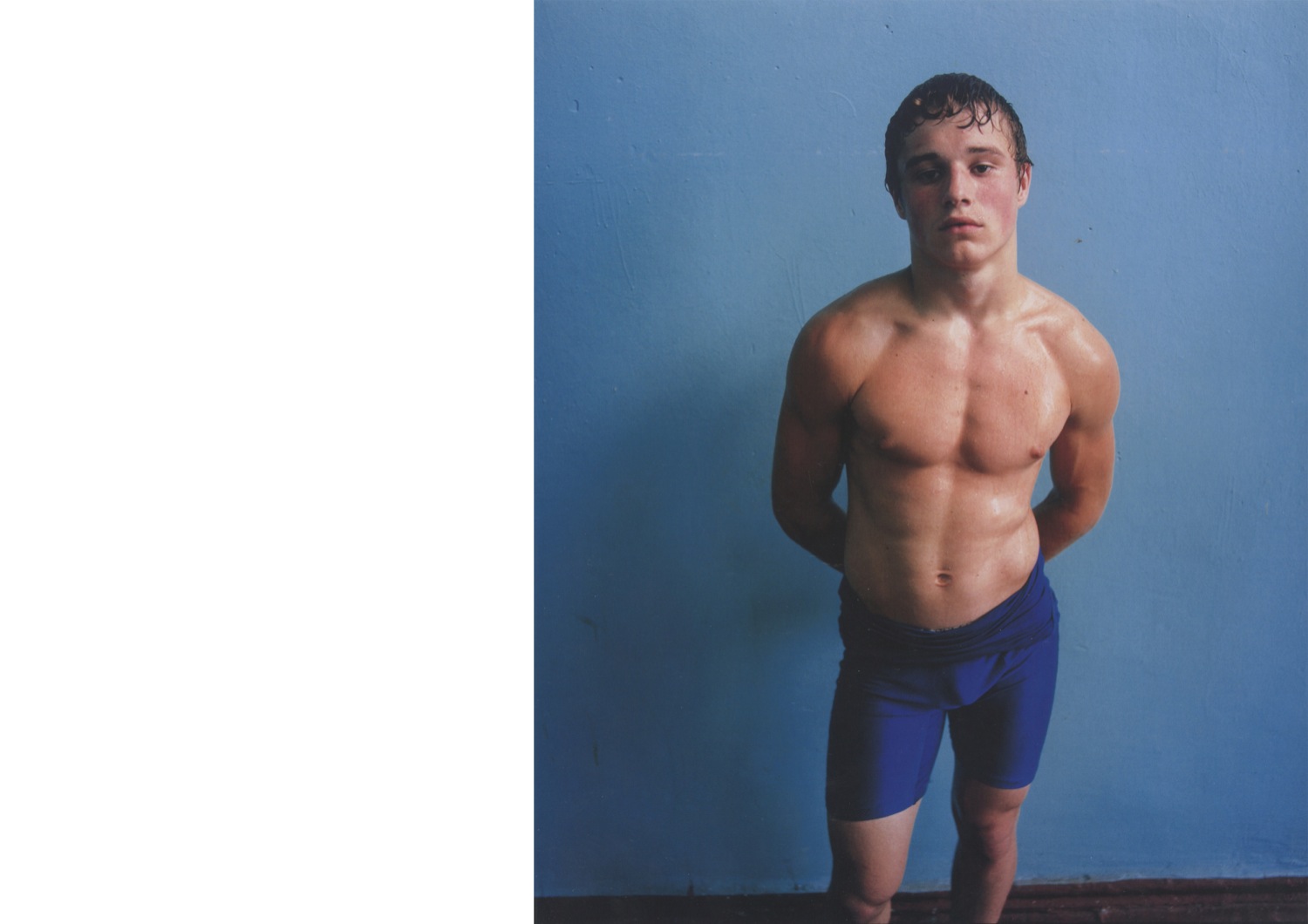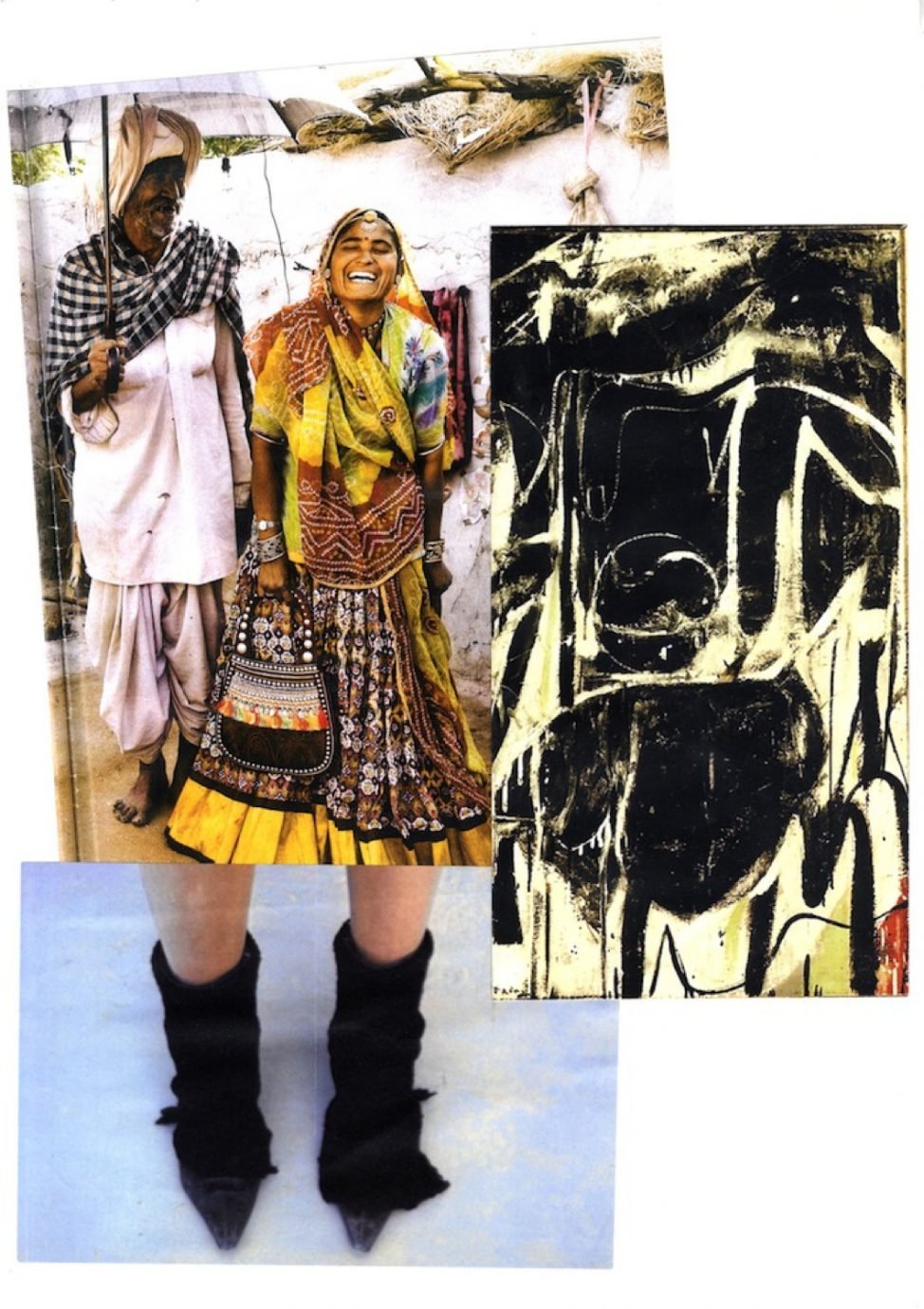How do you create a visual narrative out of an abstract concept?
Research is key to me. There can be many different ideas and visual references in the beginning, but the main concept needs to be well-selected and considered. There’s a variety of ways to transfer different ideas into reality that all depends on research, your specific set of skills or the theme of your collection.
How did your collection develop during the course of the year?
I tried out many different ideas, experiments and designs at first. I allowed myself to be more open-minded in order to not be as comfortable as usual, and take more risks before I started working on my designs. The whole production process was full of decision-making, which was the main challenge for me. If anything goes wrong, you have to react fast and be intelligent enough to re-work things in a different way.
Do you get inspired by every brief?
Not necessarily, but every project needs to be treated as a way of exploring yourself. I always look into the aspects that interest me the most, and try to find elements that I can develop and learn from.
Do you feel that your collection somehow reflects who you are as a designer?
Definitely, in some ways. The expression and interpretation of the garments reveals what I’m paying attention to at a certain time. However, I feel that there are other possibilities to work with different parts of myself, which I’ll explore in the future.
Being critiqued constantly, sometimes we can lose sight of who we are or what our work stands for. Where would you draw the line between growing from those feedbacks and conforming to give tutors what they want?
I agree that it’s difficult to maintain your integrity sometimes, but being critiqued is not always a bad thing. It’ll make you reflect more about your work and help you to improve. I would listen to all the constructive feedback, try to be stubborn and work with the critique. After all, you’re a lot more advanced in your skills once you’ve worked on your flaws.
What did you do during your placement year?
I went to Paris to do my internship. I worked with Kris Van Assche himself, both on his own label as well as Dior Homme.

